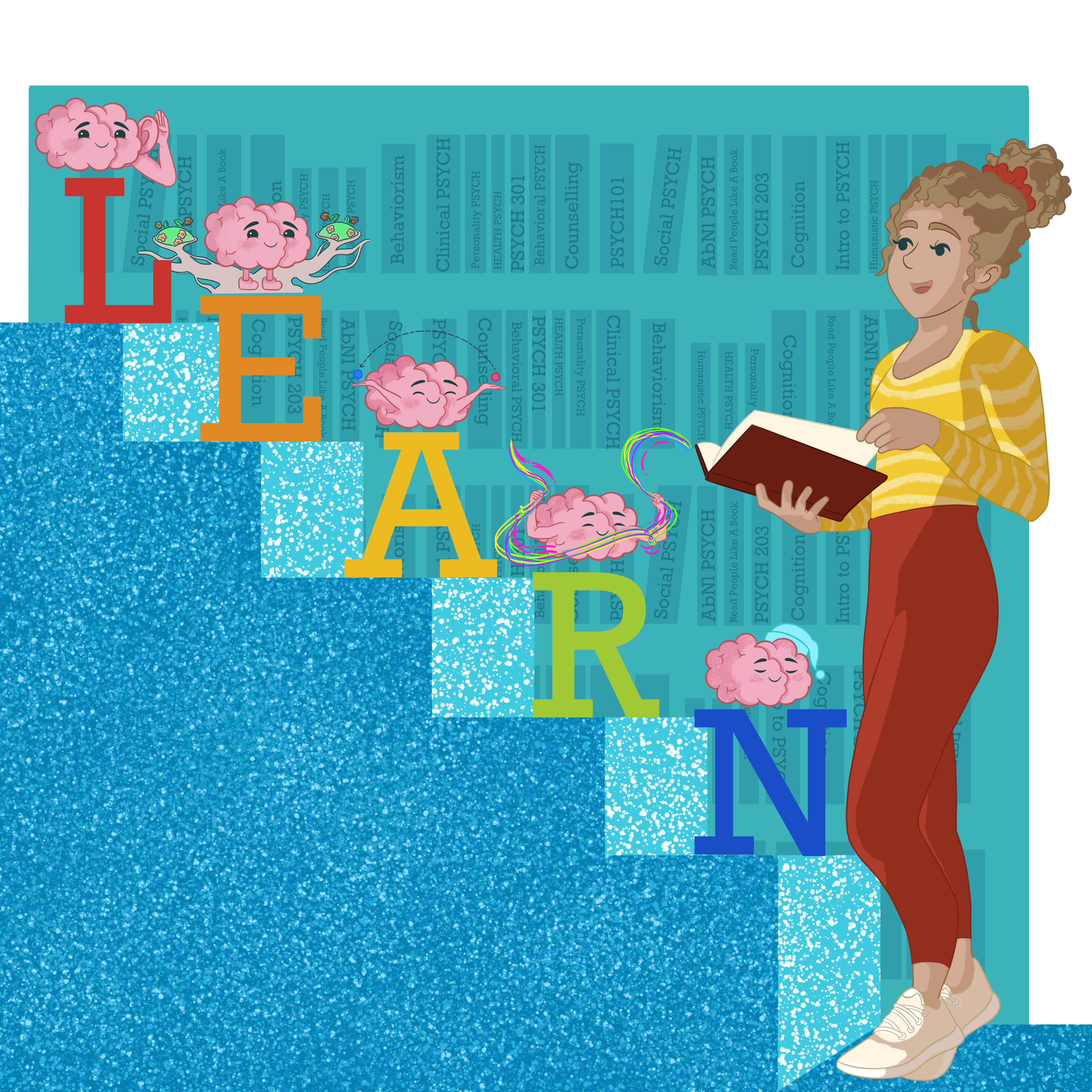LEARN: Introduction

Did anyone ever teach you how to learn?
If you are like most students, then the answer is “no.”
In this text, you will be introduced to a method of instruction called LEARN.
LEARN stands for the five factors of learning success:
L = Listen
E = Elaborate
A = Associate
R = Retrieval
N = Night
I will explain how each strategy can contribute to your ability to remember. You will have an opportunity to use these strategies through the descriptions and activities that follow.
What does it mean to want to learn? Consider what learning looked like when you were small. Did you love to find out everything you could about baseball or bugs? Were you excited to learn how to ride a bike or swim?
When my son was in Kindergarten, I joined him on a field trip to an apple orchard. Imagine the learning that took place that day as the children touched, smelled, and plucked apples from the trees. From washing, sorting, and final packing, they were immersed in everything apple.

I’m curious to hear about your own childhood experiences of learning something new. What were you excited to learn? What did you learn? How did learning that new thing make you feel?
 Activity #1
Activity #1
I’m also curious to hear about a time currently (in college or similar) when you were excited to learn. What were you excited to learn? What did you learn? How did learning that new thing make you feel?
 Activity #2
Activity #2
It seems like learning in our primary and secondary education, at times, doesn’t unfold out of curiosity. With tests and standards taking priority, many students and educators focus on content memorization, leaving curiosity behind. It is important to be curious. Now think about what a college course experience is like. Are students always having an immersive experience? Do they appear curious, like children at an apple orchard?
Research has repeatedly shown that successfully completing your college education can significantly impact your future happiness and well-being. Taking charge of your own academic success is the first step toward becoming a strategic learner. Strategic learners are students who set their own academic goals and know how to take responsibility for reaching those goals.
Many of us have misconceptions about how learning works. One example is that students think they will learn best when teaching is matched to a preferred learning style.
Consider this set of prompts to determine things you may know about learning. You will be selecting whether you believe the statements to be true or false.
Use the blue arrow ![]() on the right side to move through the questions.
on the right side to move through the questions.
If you didn’t know the answers to these, that is okay. Throughout this text, we will learn information that either debunks some of these misconceptions or reinforces some of the true information.
This popular YouTube video will help you understand why teaching to learning styles is perhaps one of the biggest myths in learning. If you believe this to be true, don’t worry, there are many learning myths.
